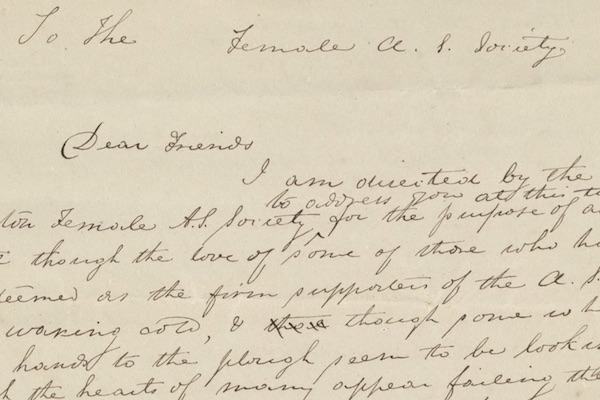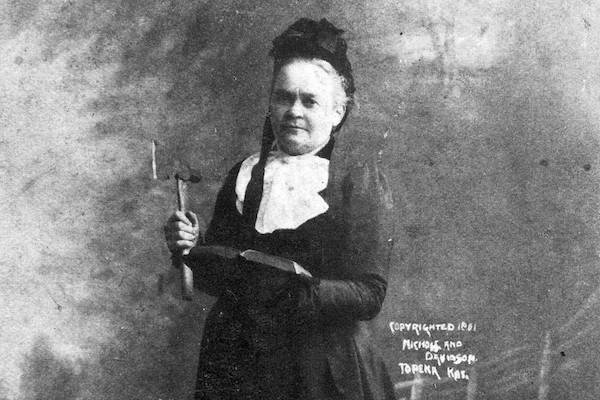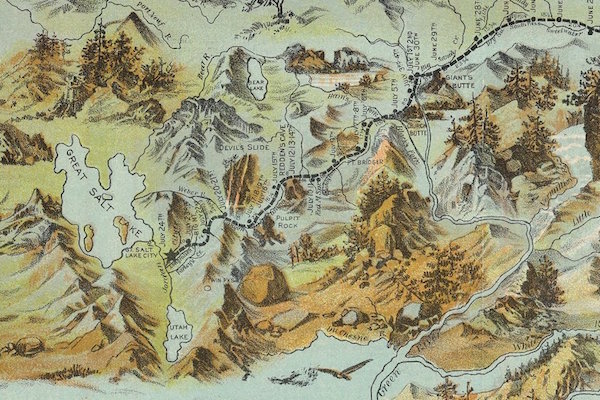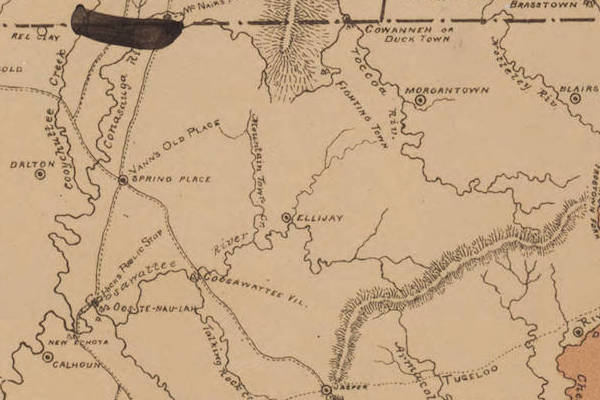In the nineteenth century, in an era known as the Second Great Awakening, philanthropic and charitable efforts grew across the United States. Part of this humanitarian effort focused on educating disabled people. Construction of boarding schools and institutions for deaf and blind students slowly spread across the country and children once considered uneducable now received formal instruction. Nevertheless, the education of deaf and blind people was controversial. Many questioned the influences of public and private funding on the schools as well as the practice of committing children to an institution at a young age, when meant removing them from their families. Varying teaching strategies for deaf and blind children were also debated.
Rev. Thomas H. Gallaudet, Laurent Clerc, and Dr. Mason Fitch Cogswell were influential figures in the growth of instruction for deaf people in North America. In 1814, Gallaudet became interested in this topic after meeting Alice Cogswell, the deaf daughter of his neighbor, Dr. Cogswell. Gallaudet traveled to Europe, where he learned from Abbé Sicard, head of the Institution Nationale des Sourds-Muets à Paris, a famous school for deaf children in Paris. Gallaudet began working at that Institution with Laurent Clerc, a graduate of the school and teacher there. Clerc and Gallaudet then traveled back to the United States, and in April of 1817, Gallaudet, Clerc, and Dr. Cogswell founded The Connecticut Asylum for the Education and Instruction of Deaf and Dumb Persons (later the American School for the Deaf) in Hartford, Connecticut. Gallaudet became principal and Clerc a head teacher at the Asylum.
Schools for blind people were also influenced by European educational methods and strategies. Samuel Gridley Howe, founding director of the New England Asylum for the Blind (later the Perkins School for the Blind) spent weeks studying and touring schools throughout Europe before returning home and opening a residential school for blind students. Howe also focused his attention on teaching children who had multiple sensory issues and were both deaf and blind.
Although isolating, asylums and institutions like these educated people once thought by many to be incapable of ever being educated, let alone contributing meaningfully to society. Nineteenth-century schools for deaf and blind people laid the foundation for the education of students with disabilities in America.










































